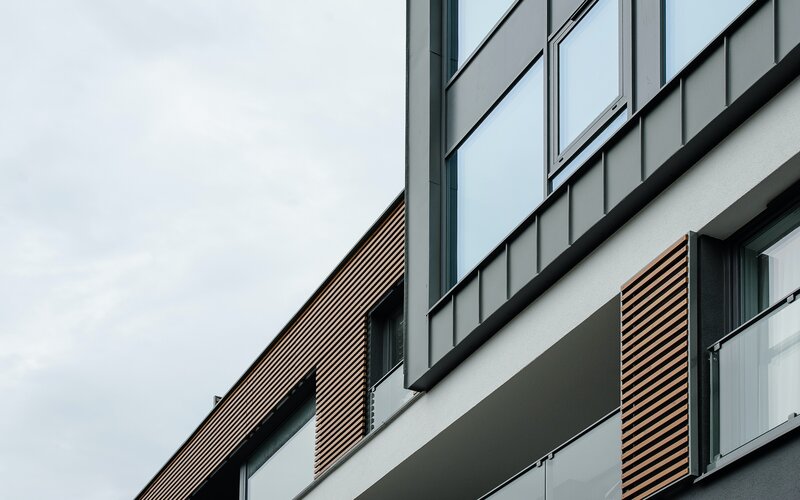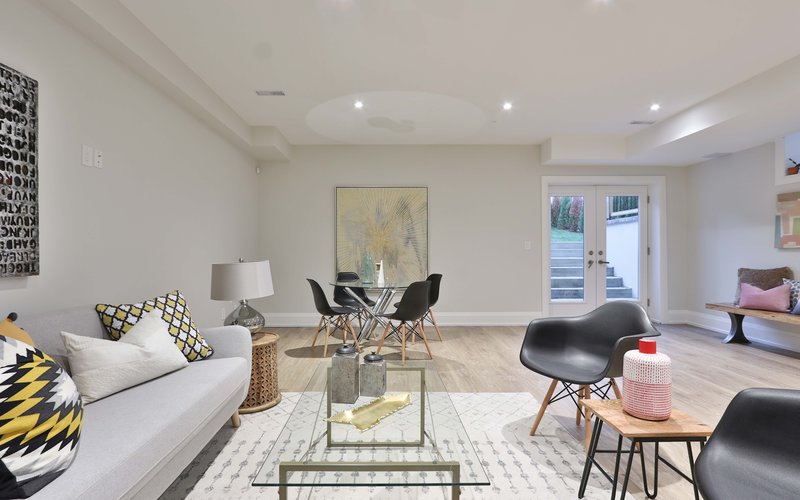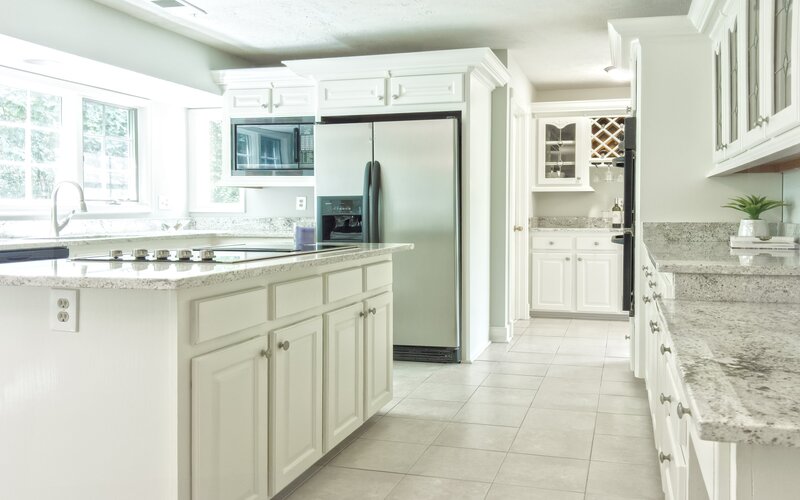Unless your property is made of diamonds, the home will experience wear and tear. Property investors believe it’s only fair there are concessions made for this wear and tear, and the government agrees.
That’s where depreciation costs come in. Find out what it is, how and what you can claim, and who does the claiming.
What is depreciation?
Depreciation is the term the Australian Tax Office (ATO) gives to the fall in value of an asset over time as a result of general wear and tear.
Basically, as your property gets older, it may lose value as elements of the property (e.g. floors, carpets, built-in appliances etc.) wear out, and you can claim this loss on your taxable income.
Depreciation can be claimed by any property owner who gains income from a property. Consequently, you can’t claim depreciation on your residential home, as you don’t get income from it.
Depreciation is considered by the ATO as a non-cash deduction, meaning you don’t need to spend money to claim it. That’s because for tax purposes when you buy an investment property, you’ve also bought the depreciating assets that come with it.
What can you claim on depreciation?
What you can claim on depreciation falls into two categories: ‘capital works’, and ‘plant and equipment’.
Plant doesn’t refer to the leafy things you see Millennials obsess over on Instagram, but rather items that don’t form part of the property’s structure. The ATO defines plant and equipment as easily identifiable, and not likely to be permanent and expected to be replaced within a relatively short period. They’re depreciating assets that have a limited life and will decline in value as they’re used.
Examples of plant and equipment include:
-
Carpets
-
Appliances
-
Curtains
-
Ovens
-
Air conditioners
-
Furniture
Capital works refers to items that make up the structure of the building which are subject to wear and tear, and can consequently be claimed on depreciation.
Examples of capital works include:
-
The roof
-
Walls
-
A driveway
-
Bricks
Things you can’t claim on depreciation include land, landscaping, and the demolition of a previous home.
Assets costing less than $300 can be claimed in full, immediately, in the income year you used them for a taxable purpose. However, you can’t do this if the asset is part of a set which together exceeds $300. So if you buy four chairs for $200 each, you can’t claim each of them as separate assets.
How to calculate depreciation
There are two ways to calculate depreciation: the prime cost method, and the diminishing value method. You can choose whichever method will net you a higher depreciation rate and is most appropriate for your circumstance.
Prime cost method
The prime cost, or straight-line method, assumes the value of an asset decreases uniformly over its effective life.
The ATO decides on the effective life of an asset each year and you can find a full list on their website. For example, carpet has an effective life of eight years, as do cardiac bypass and heart-lung machines.
The prime cost method allows you to claim a fixed amount each year based on the following formula:
Asset’s cost × (days held ÷ 365) × (100% ÷ asset’s effective life)
So if you bought new carpet on the first income day of the year for $10,000, you could claim $1,250 in depreciation each year for its effective life of eight years, as seen in the formula below.
$10,000 x (365 ÷ 365) × (100% ÷ 8) = $1,250
Diminishing value method
The diminishing value method assumes the value of a depreciating asset decreases more in the early years of its effective life.
The following formula is used for the diminishing value method:
Base value × (days held ÷ 365) × (200% ÷ asset’s effective life)
The base value includes the purchase cost, as well as any additional amounts you paid for transport or installation. It also decreases each year by the decline in the value of the asset.
Using the same example as above, you could claim $2,500 in depreciation in the first year of the carpet’s effective life of eight years, as seen in the formula below.
$10,000 x (365 ÷ 365) × (200% ÷ 8) = $2,500
For the second year, with the first year's depreciation subtracted, you could claim $1,875 as seen in the formula below.
$7,500 x (365 ÷ 365) × (200% ÷ 8) = $1,875
This continues until the balance reaches zero.
Do I have to calculate depreciation myself?
If you’ve read through the above equations and are terrified you’ll have to calculate depreciation yourself, don’t stress.
You can, but you don’t have to do it yourself. Typically, investors will hire a quantity surveyor to calculate their depreciation, who are specially qualified to undertake this task.
It’s important to note accountants, real estate agents, valuers, or solicitors are not allowed to calculate your depreciation. Quantity surveyors are named by the ATO as experts qualified to estimate depreciation costs.
When you hire a quantity surveyor, they’ll put together something called a depreciation schedule.
This outlines all the deductions available on your investment property, which an accountant then uses when preparing your tax return.
It’s recommended you engage a quantity surveyor as soon as possible after the settlement date, so they can inspect the property and see it as you purchased it.
The schedule is typically valid for the building’s lifetime, or as long as you own it. You can also backdate them by up to two years.
A depreciation schedule costs around $770, according to BMT Tax Depreciation, and take two to three weeks to complete.
Depreciation on old properties
An older property is likely to afford you fewer deductibles in depreciation, but that doesn’t mean it’s not worth doing.
If your property was built prior to July 1985, you can only claim depreciation on plant and equipment.
Recent legislation changes also mean if you bought a second-hand property after 10 May 2017, you can’t claim depreciation on plant and equipment assets which were previously used.
You’re still able to claim depreciation in full for capital works assets, for which you’ll likely need a depreciation schedule.
Can I claim renovations on depreciation?
You can claim renovations on depreciation, provided the new assets are brand new.
If not, then they’re considered previously-used by the ATO, and you won't be able to claim for them.
Whether you have previously or not, it’s worth getting a depreciation schedule completed before and after renos, especially if they’re major.
Having one done prior means you can claim the remaining value of the outgoing items as a deduction, and having one done after means you can know the depreciation of the newly installed items.
Savings.com.au’s two cents
Depreciation is one of the biggest savings afforded to investors, and can shave a significant sum off of your taxable income.
What you can and can’t claim is a little complex, as are the calculations, so it’s worth engaging with a quantity surveyor to ensure you’re getting the most deductions available to you.

Ready, Set, Buy!
Learn everything you need to know about buying property – from choosing the right property and home loan, to the purchasing process, tips to save money and more!
With bonus Q&A sheet and Crossword!



 Bernadette Lunas
Bernadette Lunas
 Denise Raward
Denise Raward
 Harry O'Sullivan
Harry O'Sullivan

 Brooke Cooper
Brooke Cooper

